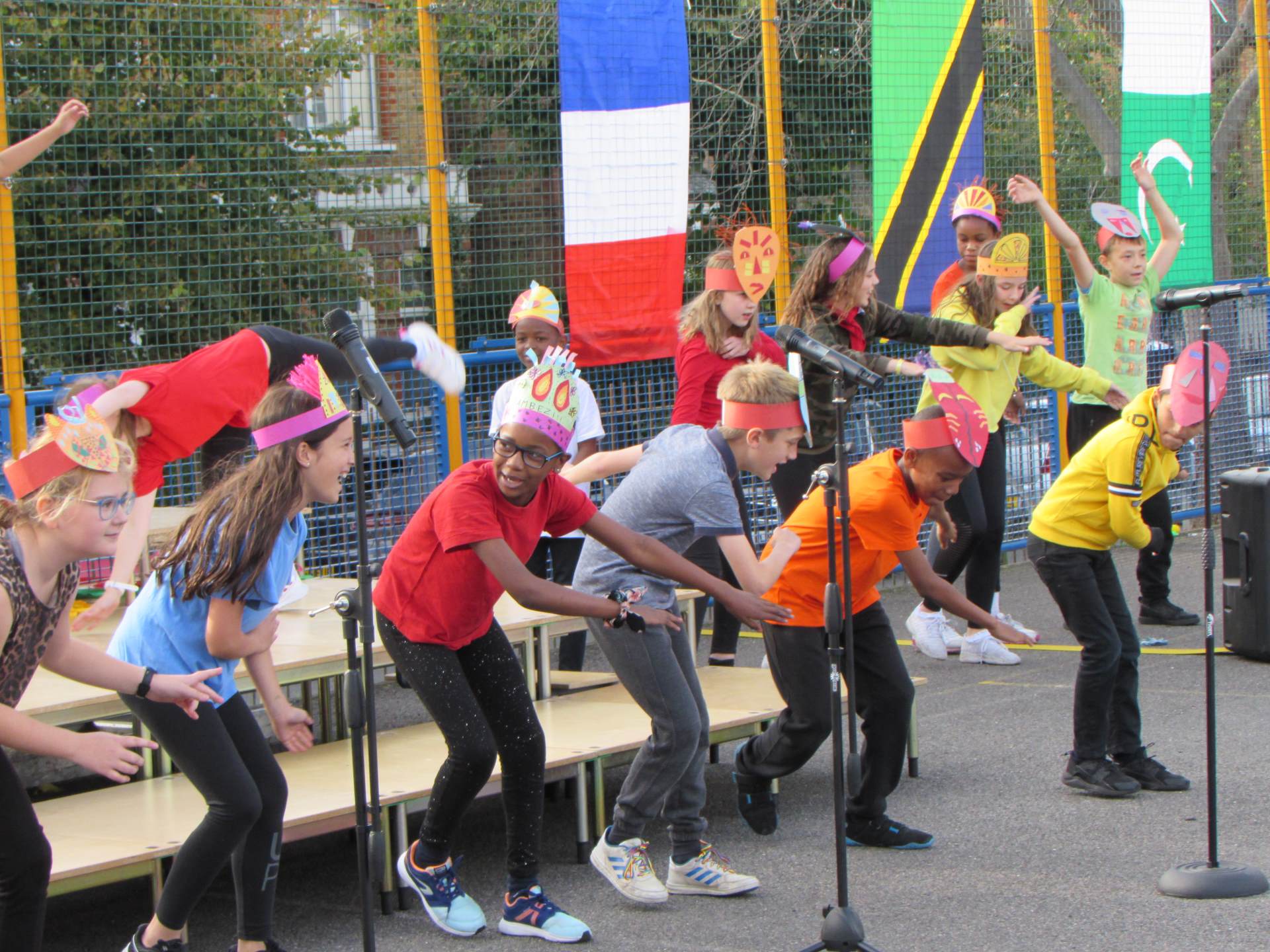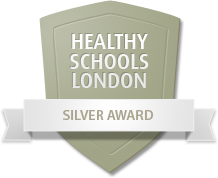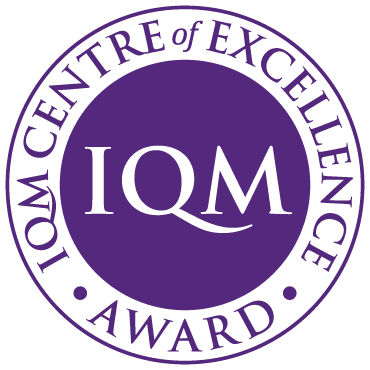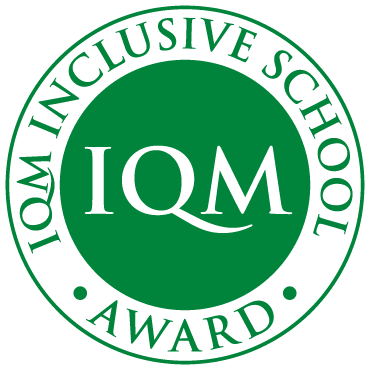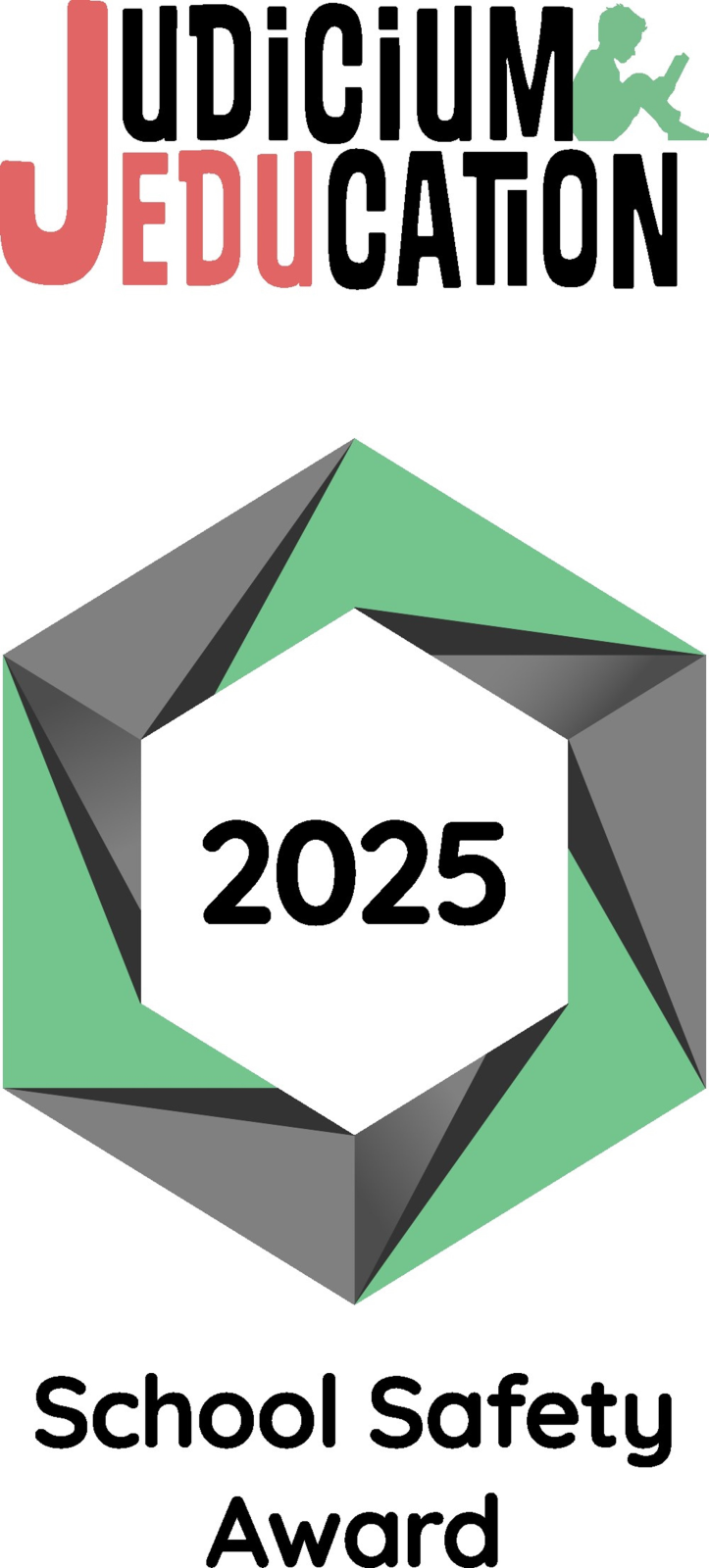Geography and History
Our Curriculum
The Geography and History curriculum at Immanuel and St Andrews is designed to help children develop their understanding of the world and their role within it. The curriculum exposes children to a wealth of new experiences that build self-esteem, resilience and confidence, helping them to become citizens of the world, who are ready to play their part in protecting and developing the planet. We seek to broaden children’s real-life experiences both inside and outside of the classroom through educational visits, visitors, experimentation, exploration and discovery.
Each topic aims to inspire children by widening their exposure to new language and experiences, broadening their outlook on the world and Britain’s past and present role within it, whilst also celebrating the variety of cultures, backgrounds and heritages that are unique to our Immanuel children.
"Learning about history is important because if we didn’t have the romans, our language was very different. I like history because I learn about important people in our past." (Arthur, Year 4)
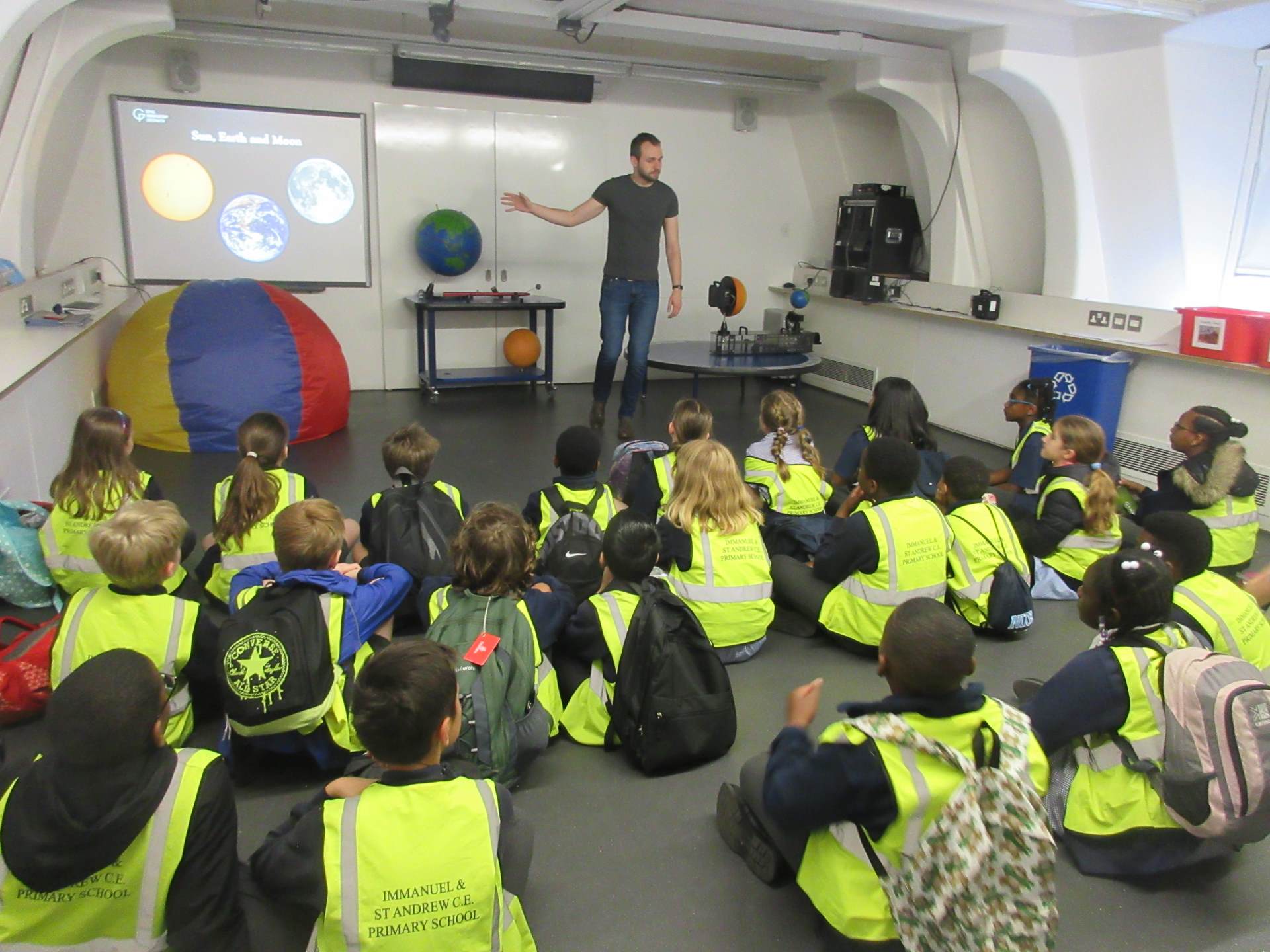
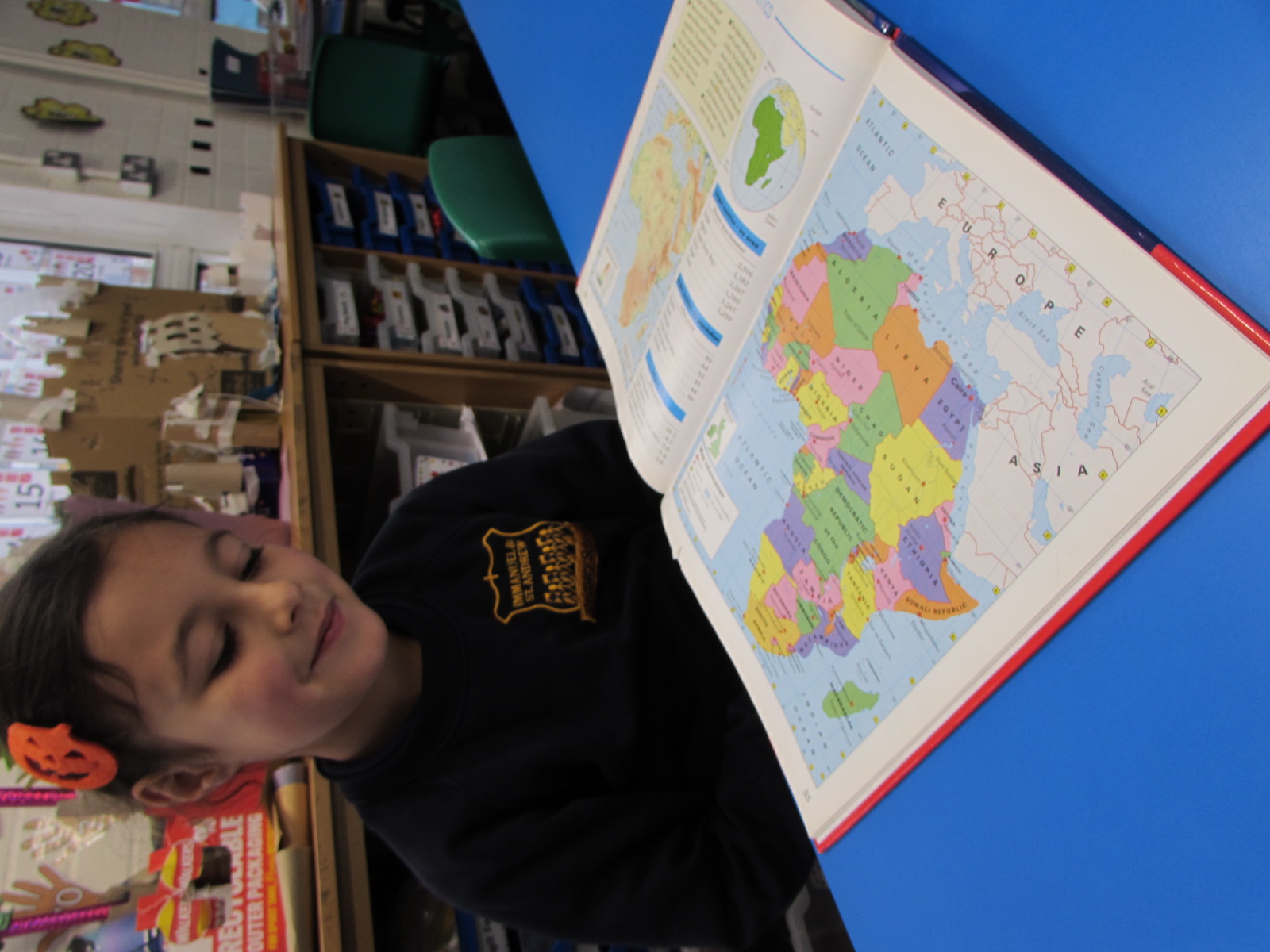
Click here for our Geography and History curriculum overview
Progression
As children progress through the school they develop their knowledge of historical events from Britain and around the world. Under the theme of Invasion and Influence, they see how throughout history, Britain has been influenced by global cultures and the impact this has had on creating the Britain we know today.
Building on their learning from EYFS, in Key Stage 1, children explore the concept of change and gain an understanding of how old items such as photos and diaries can tell us about the past. They become more familiar with their local area and significant places and how these may have changed over time.
In Key Stage 2, children build on the concept of history and explore specific historical periods starting with the Stone Age in year 3 through to the Second World War in year 6. Children make comparisons between these periods and ancient world civilisations, gaining an understanding of how they have impacted and influenced each other. Geography now goes beyond their local area as children explore different landscapes and locations around the world whilst also investigating the impact of humans on the planet.
"What I find interesting is finding out what human beings did in the past and how different it is now, in the past people went on chariots and now we go in cars! I love learning about natural disasters because the world wouldn’t be this way without them." (Louis, Year 4)
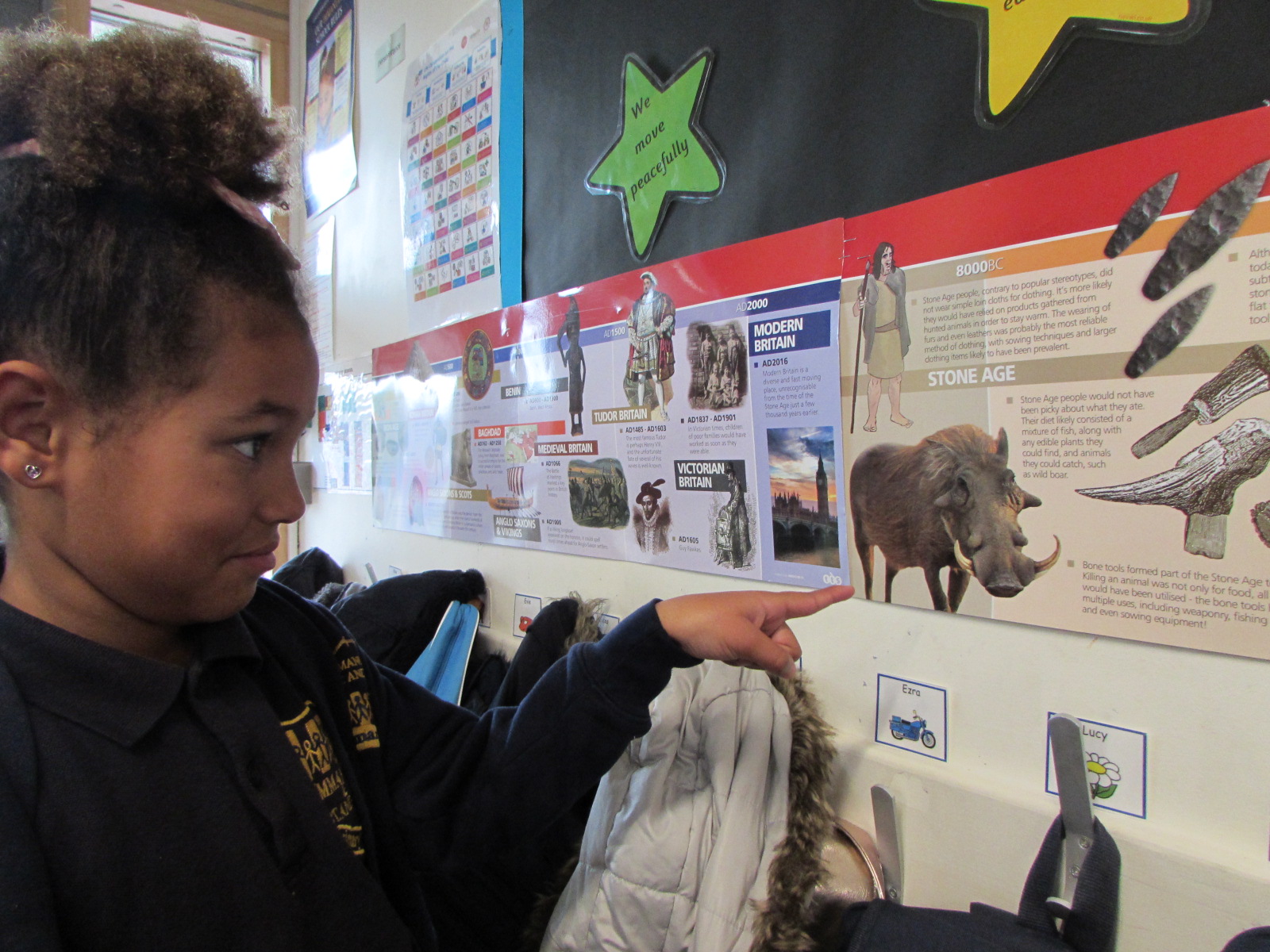
Diversity in the Curriculum
From the Roman Emperor Septimus Severus to the arrival of the Windrush, children are exposed to a wealth of historical events and diverse figures who reflect the backgrounds and cultures of the Immanuel children. Each of these events and figures have had a significant influence on the development of civilisation and have furthered our understanding of history and geography.

